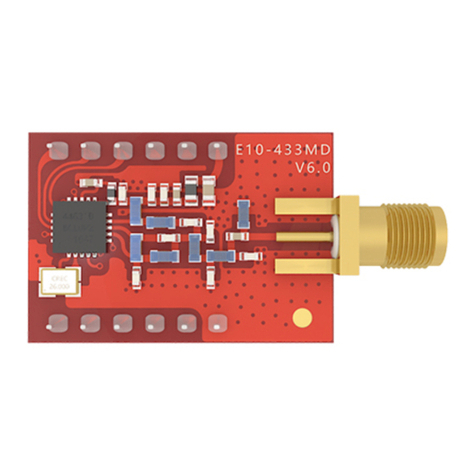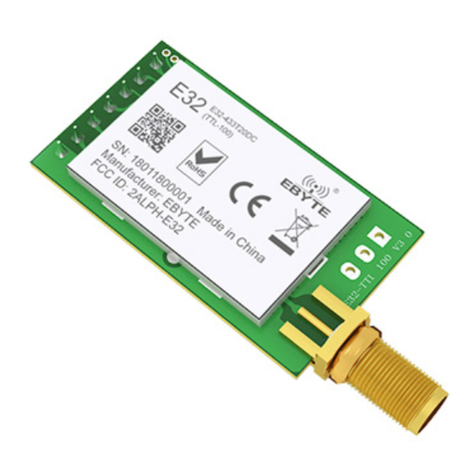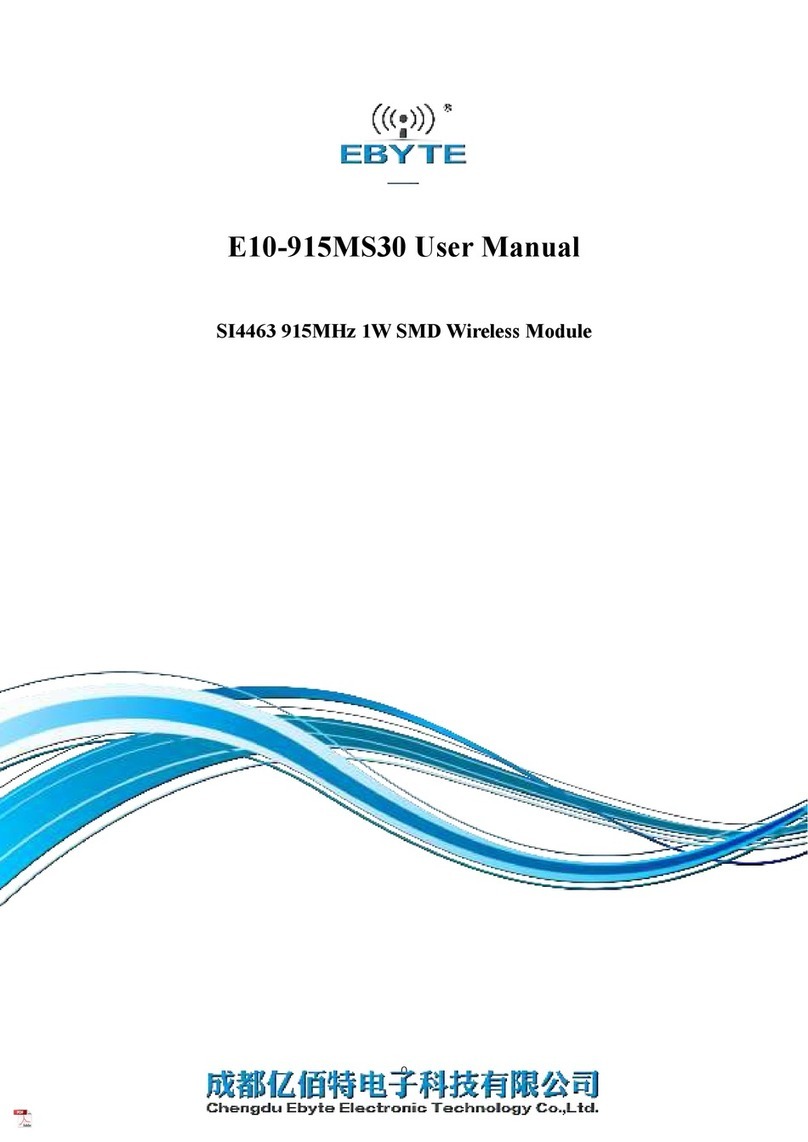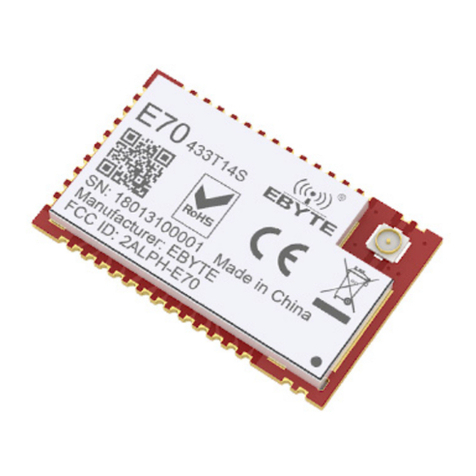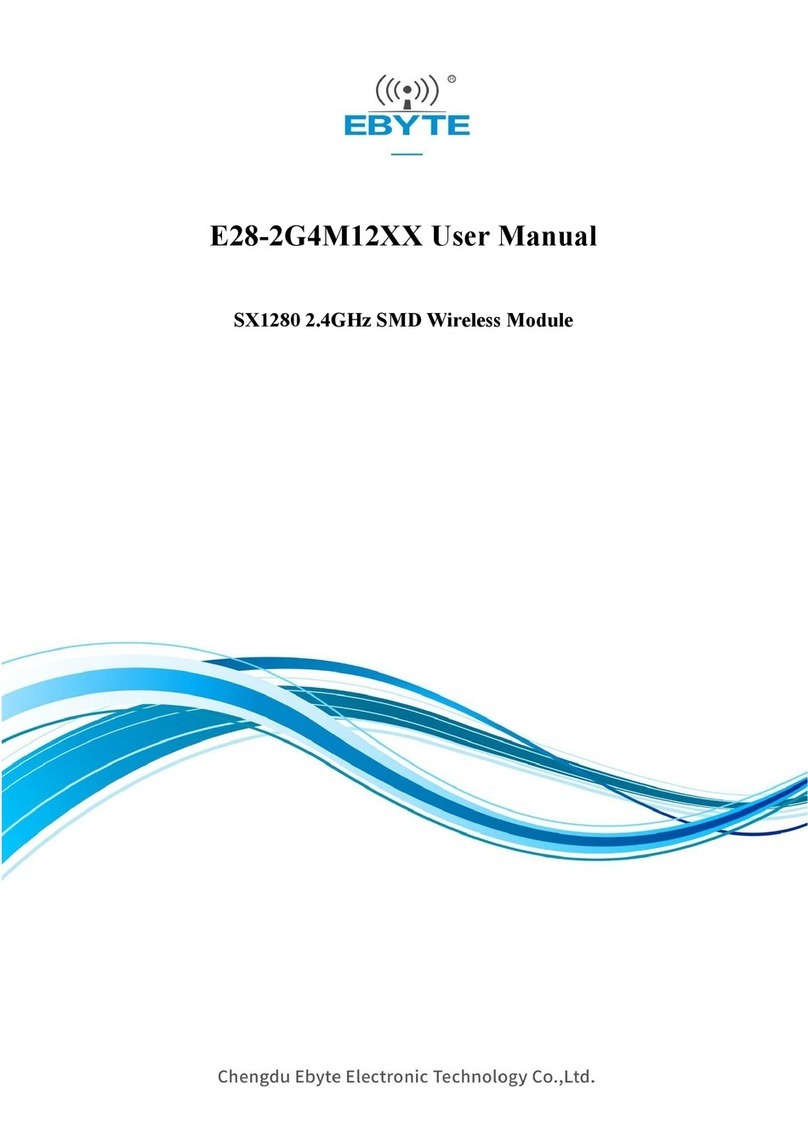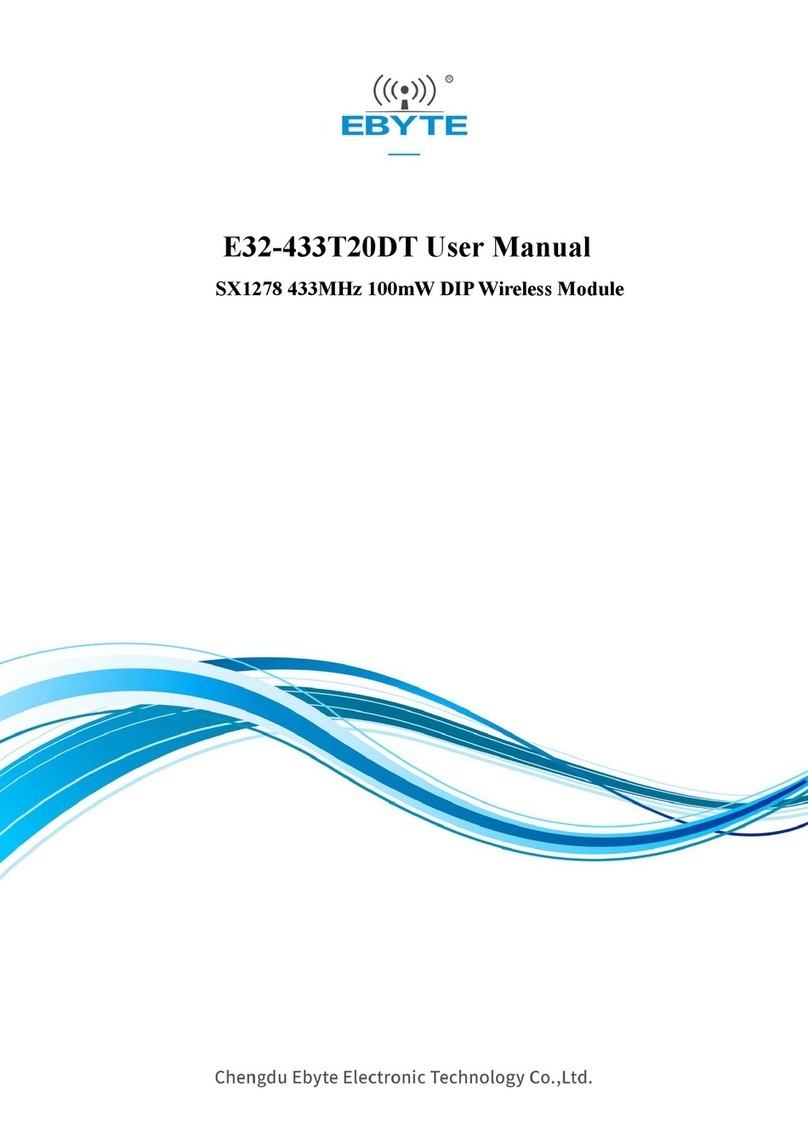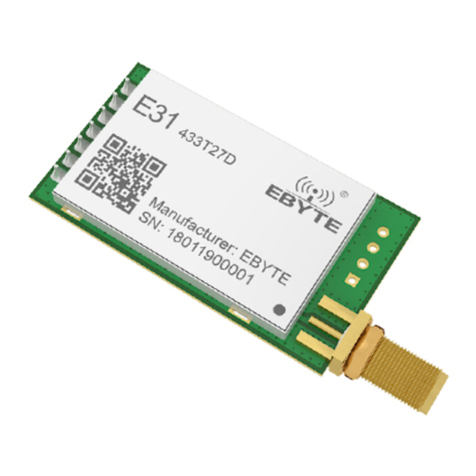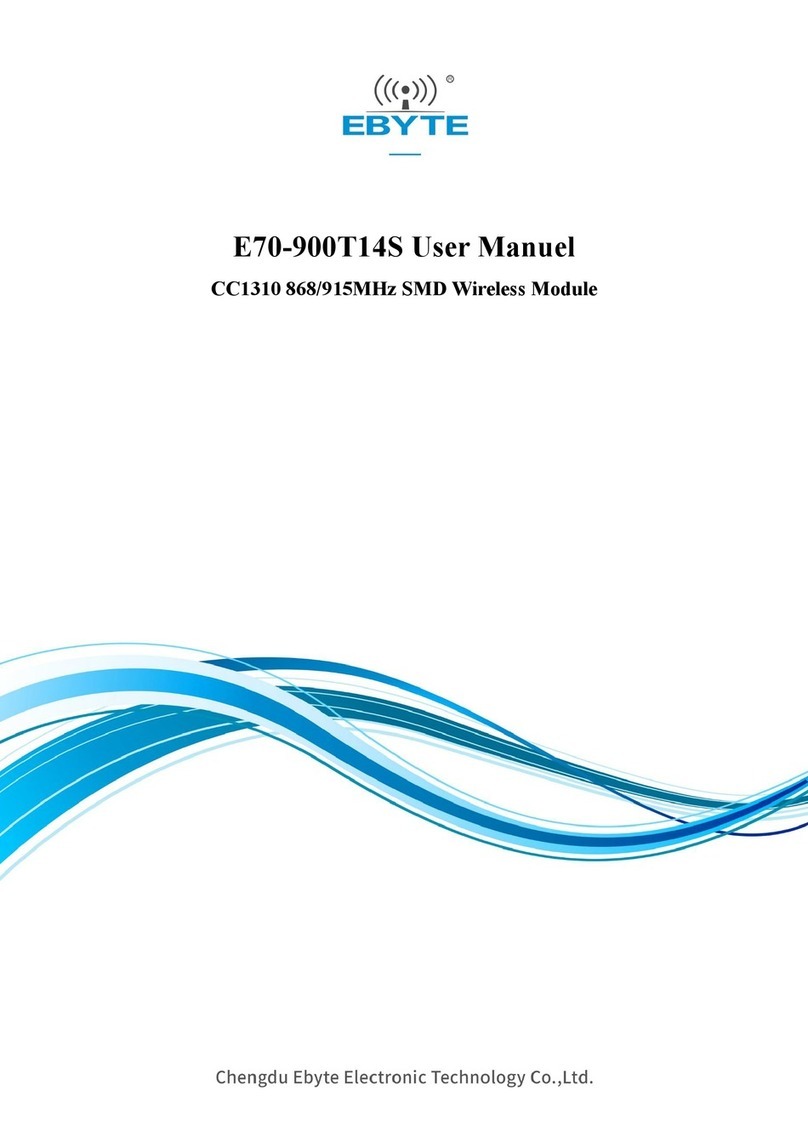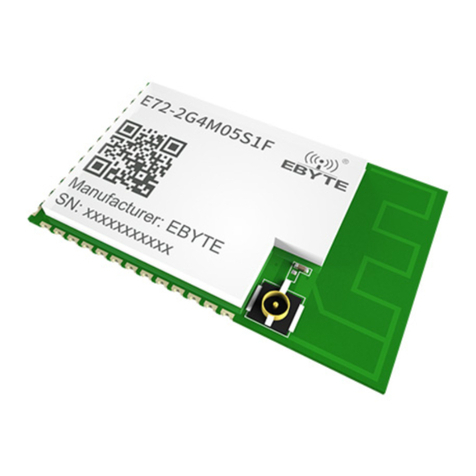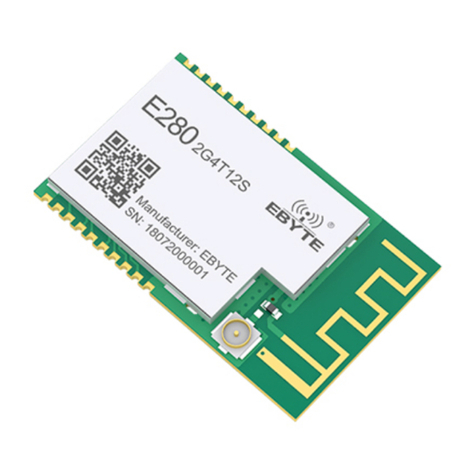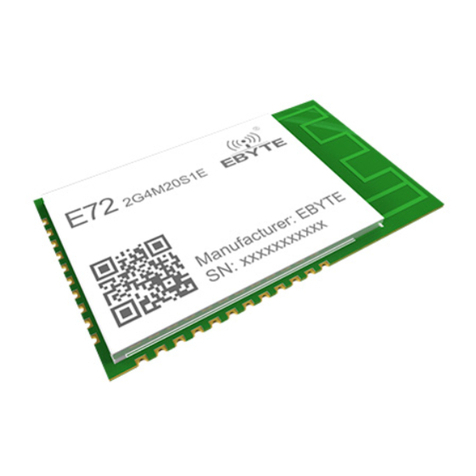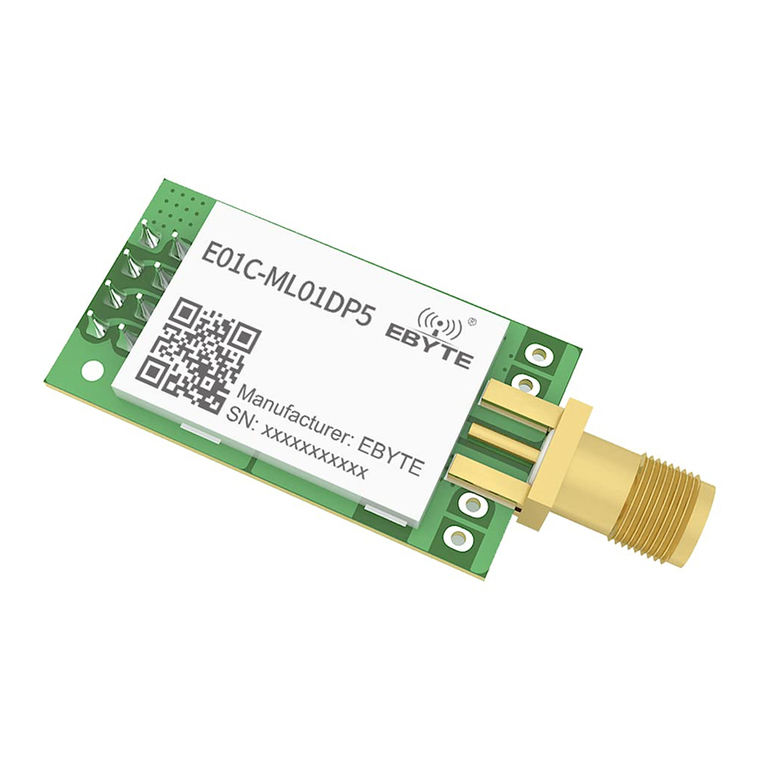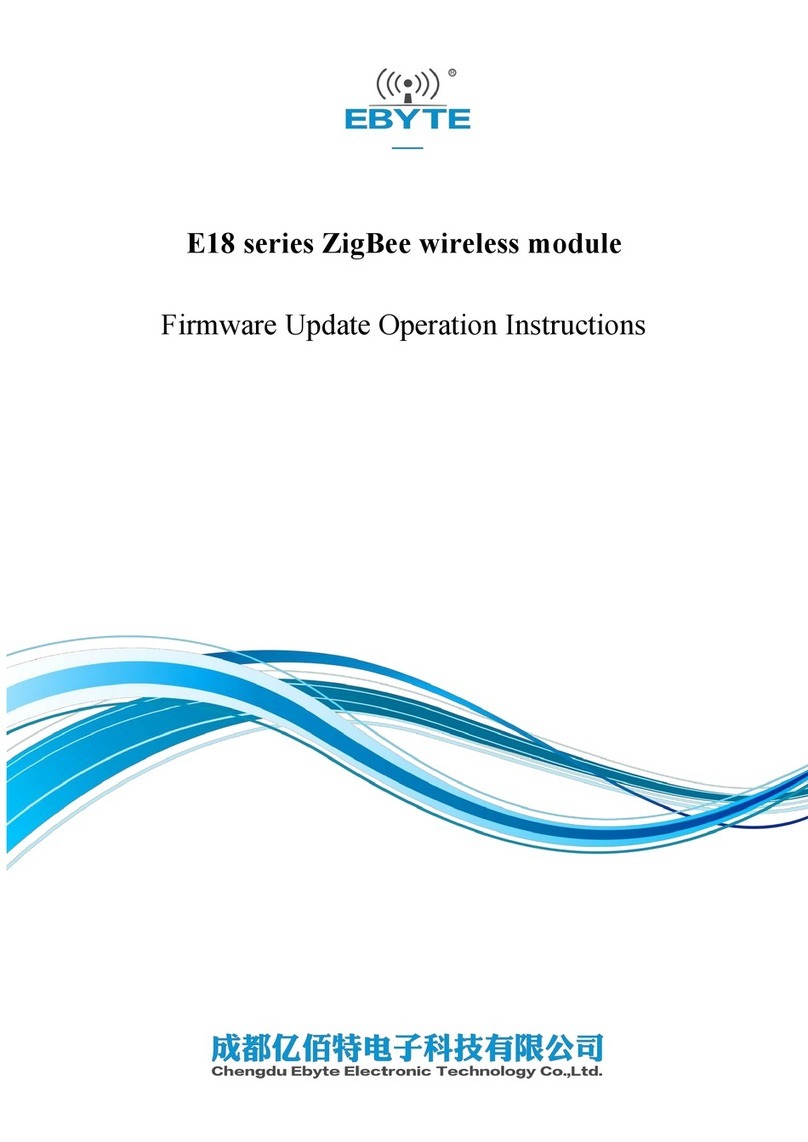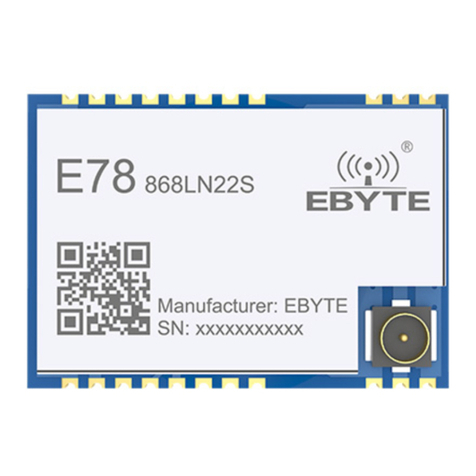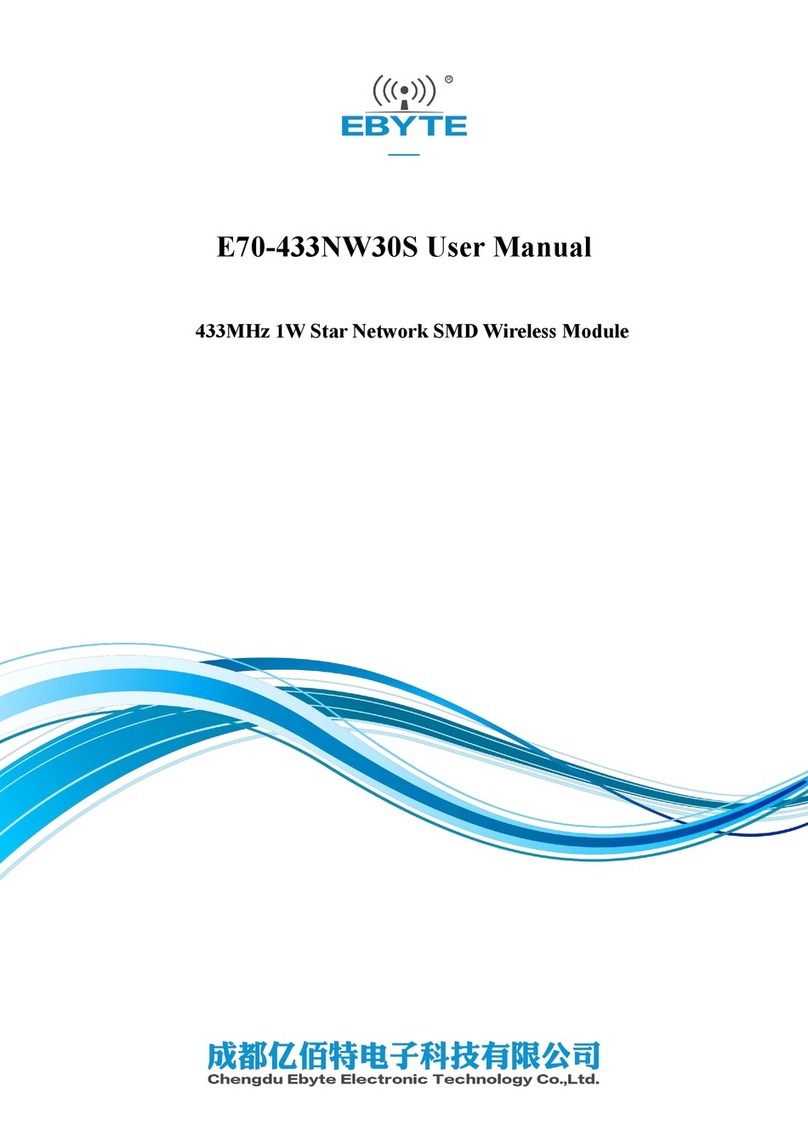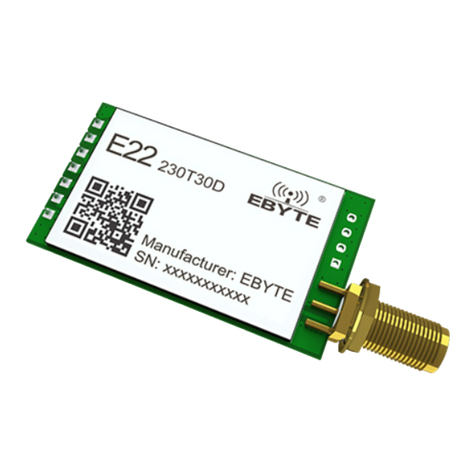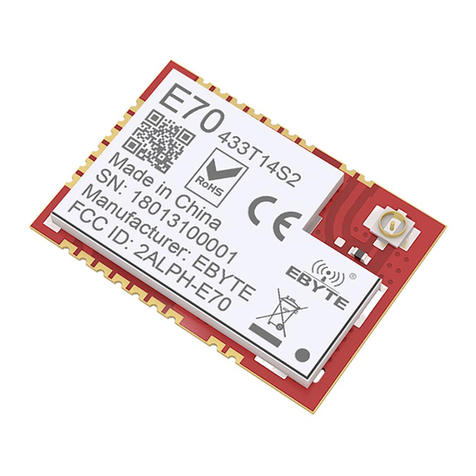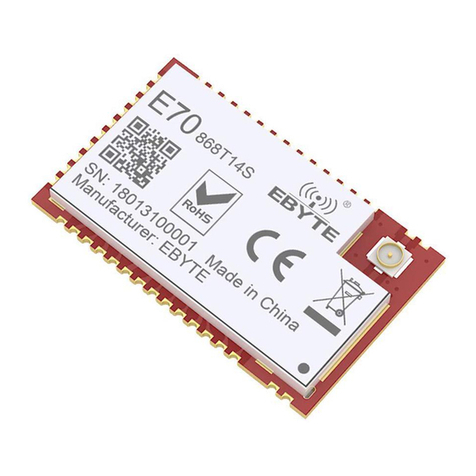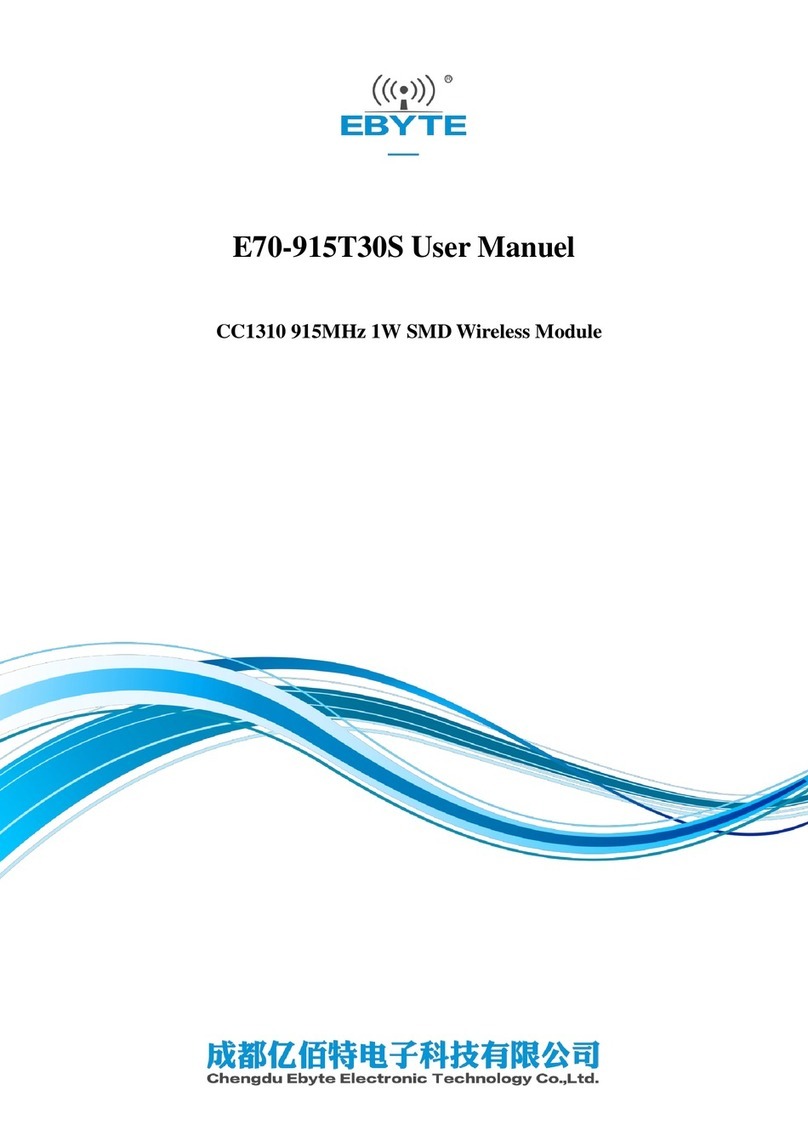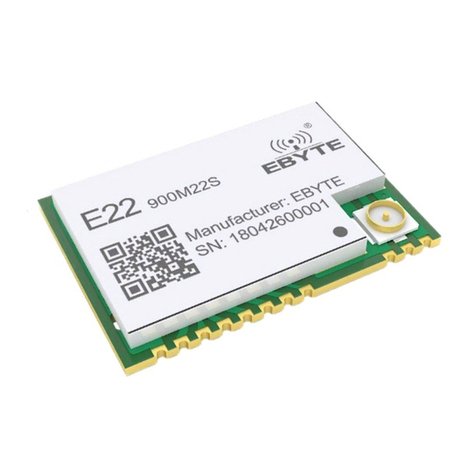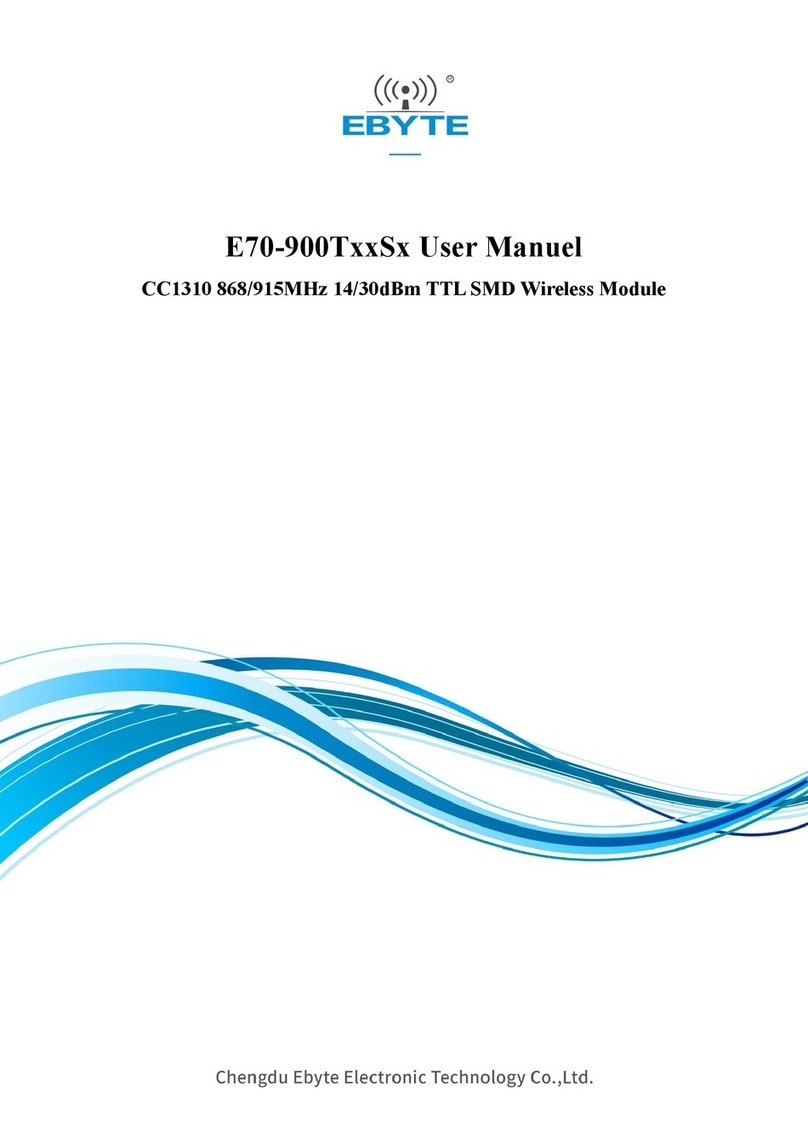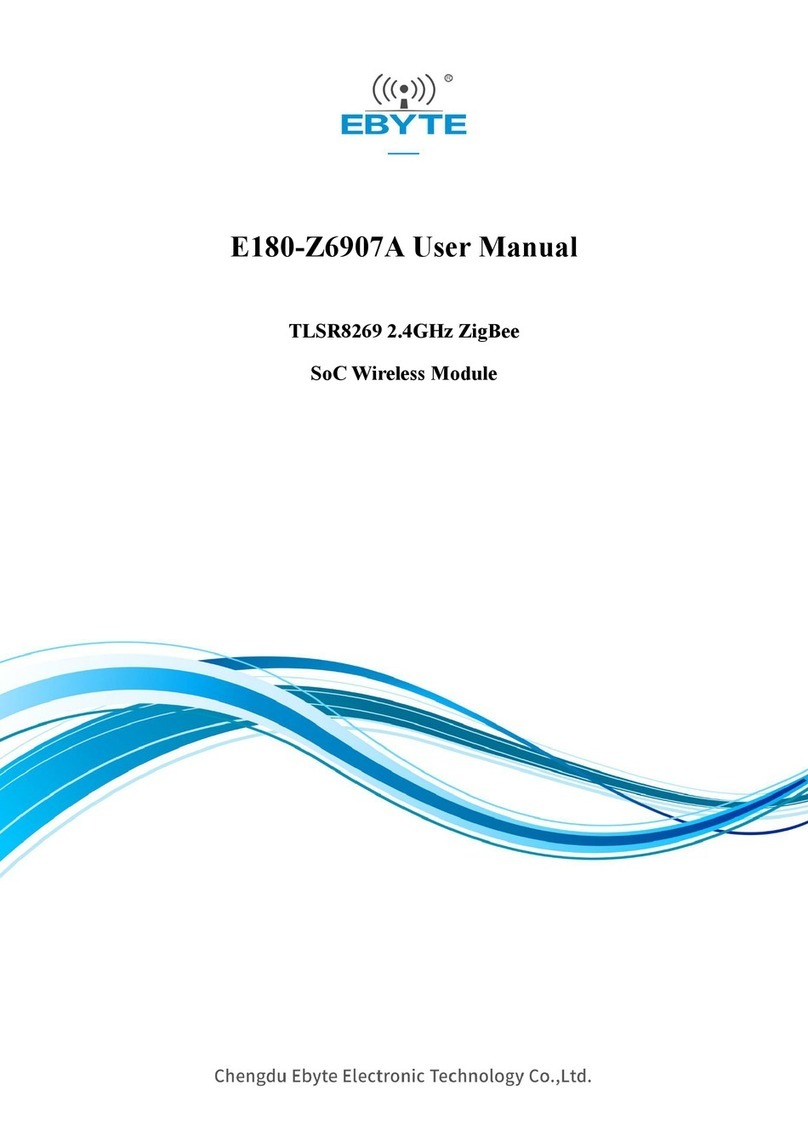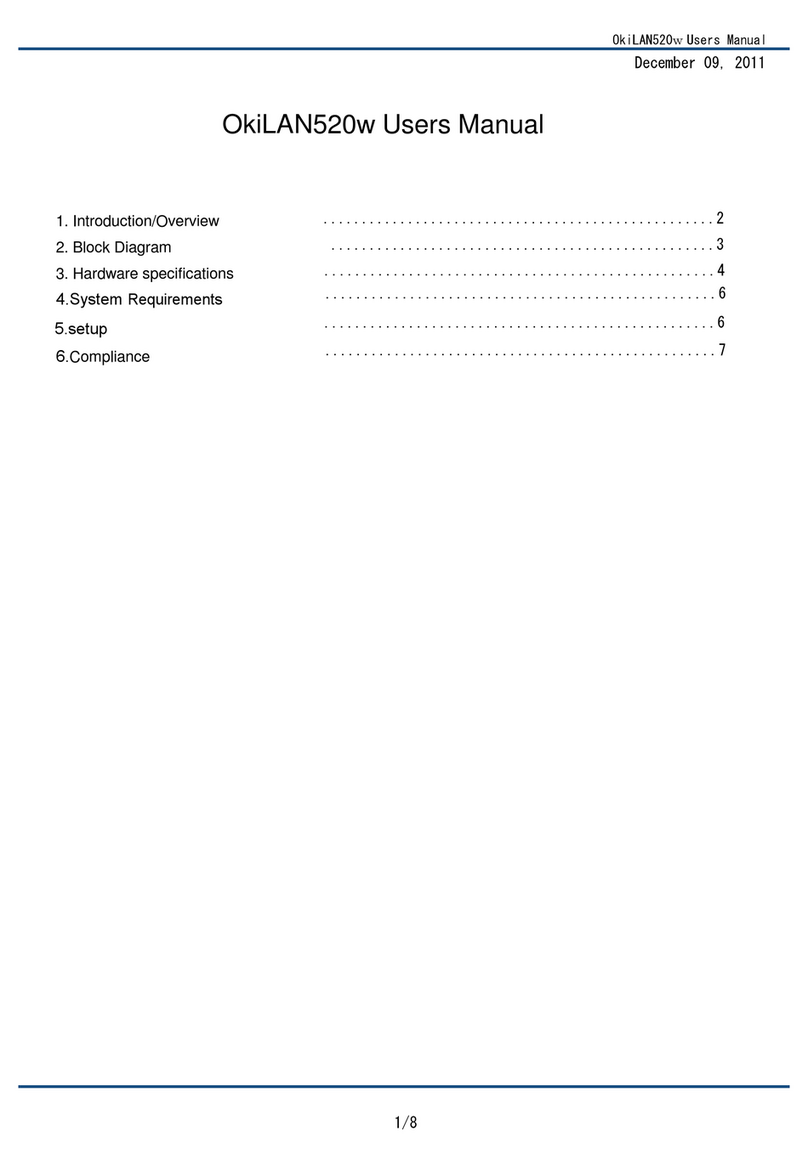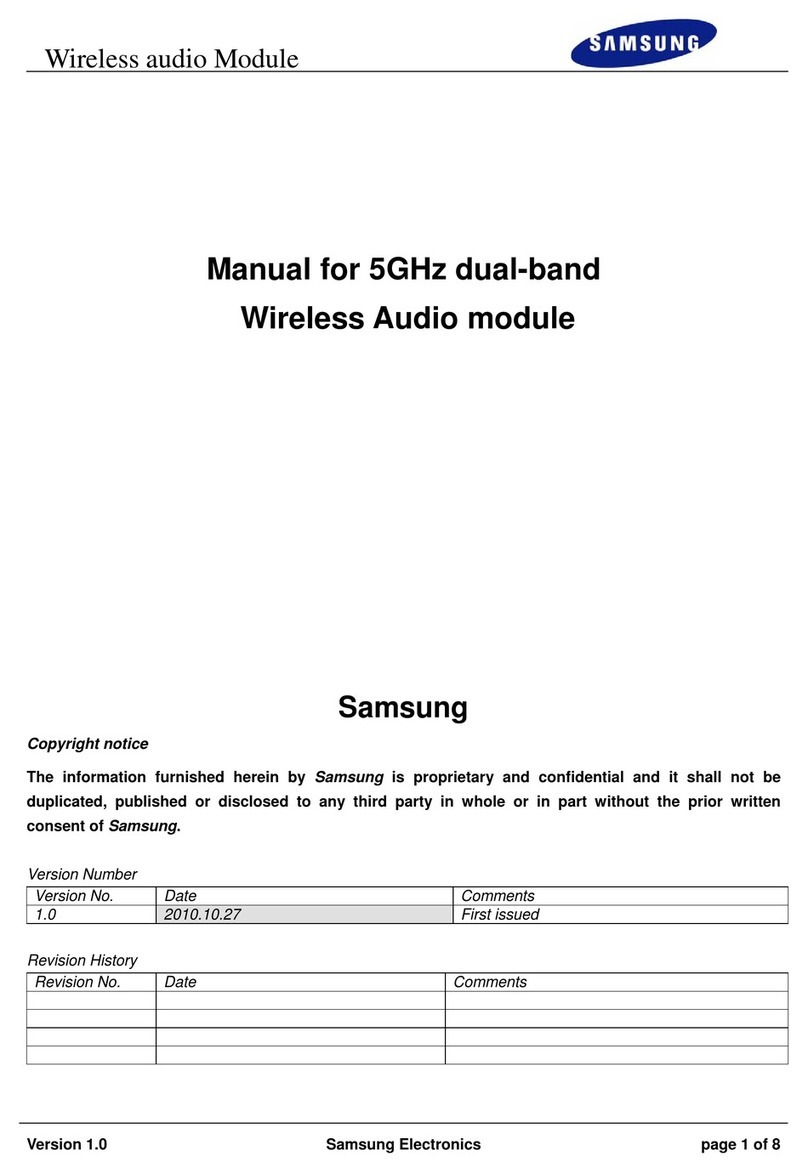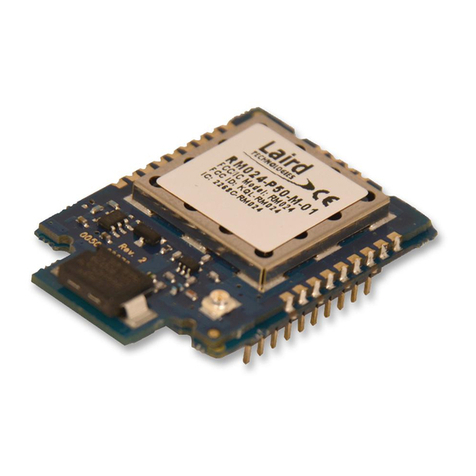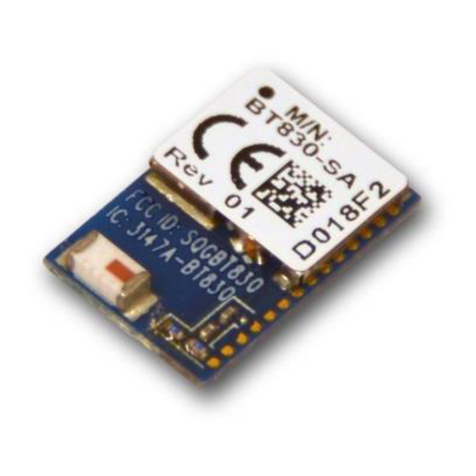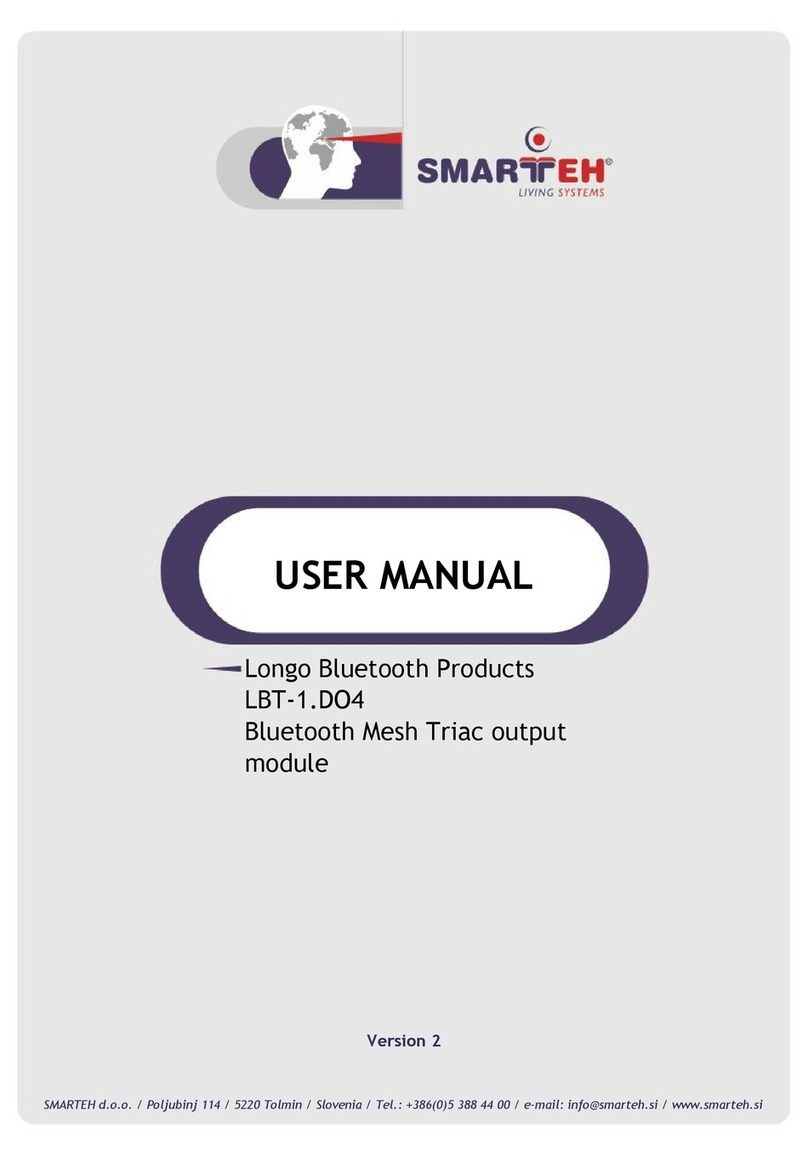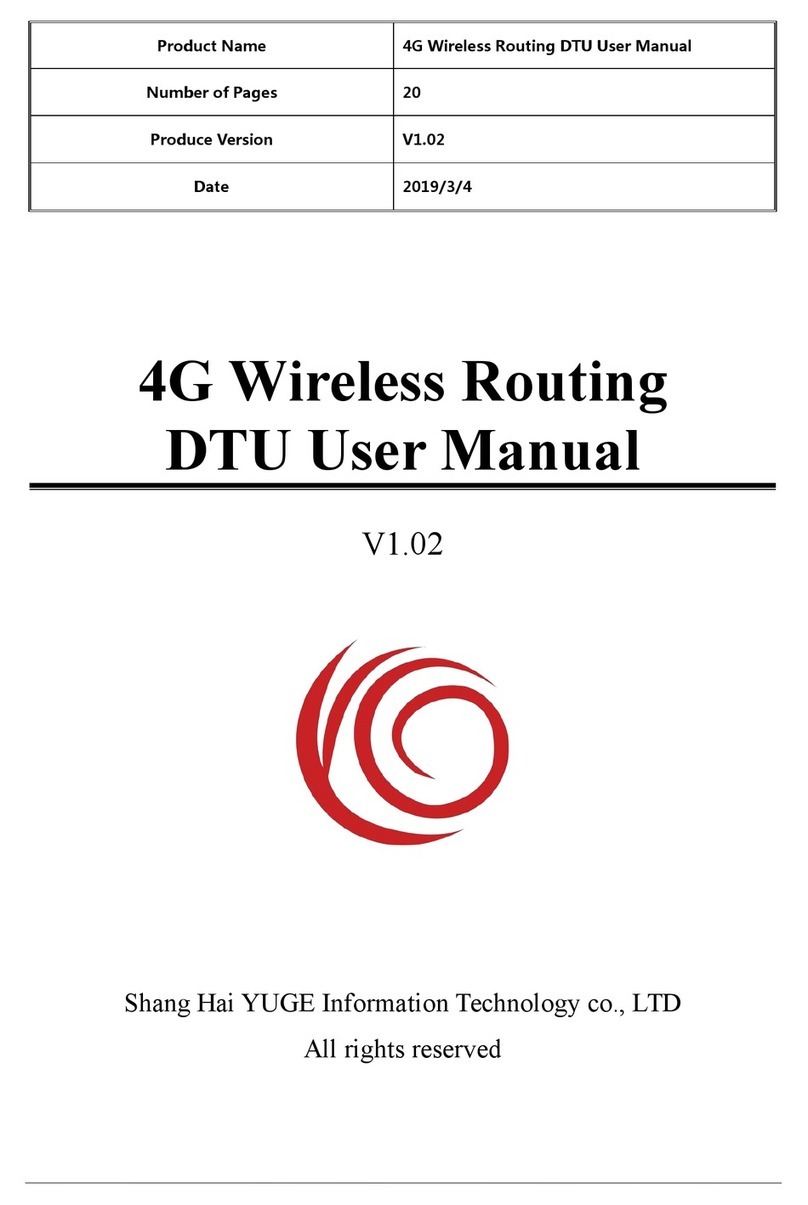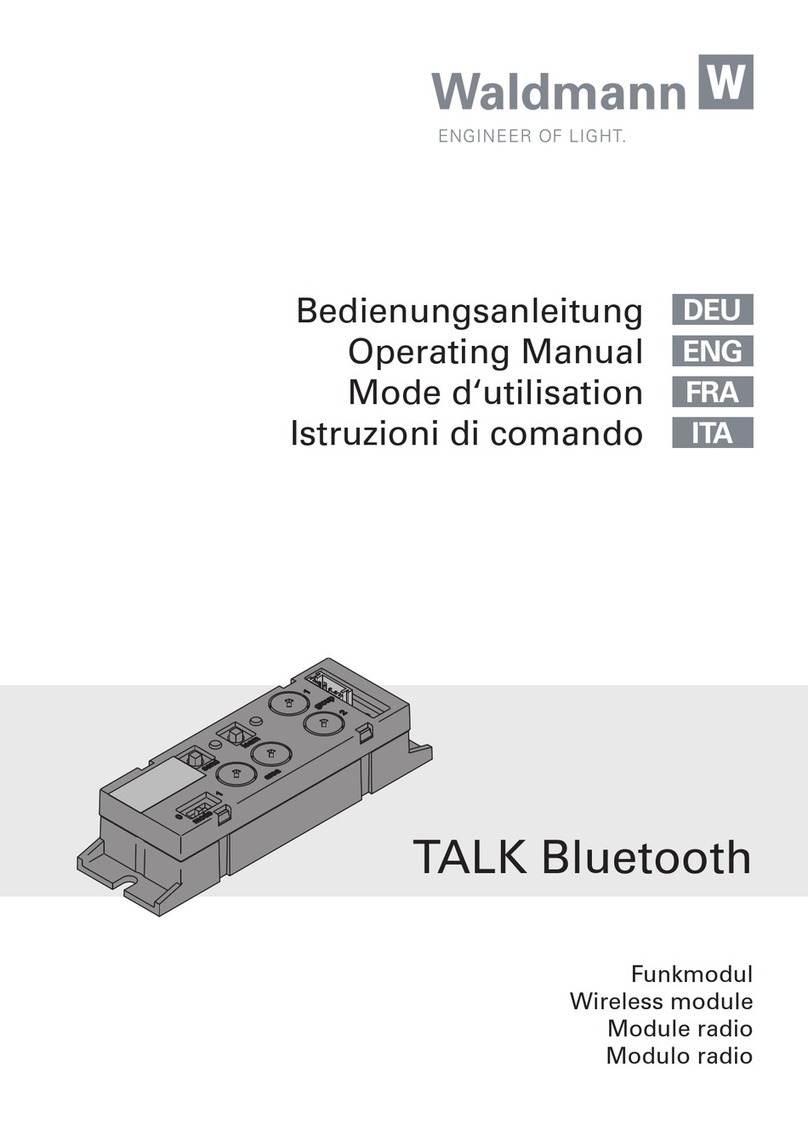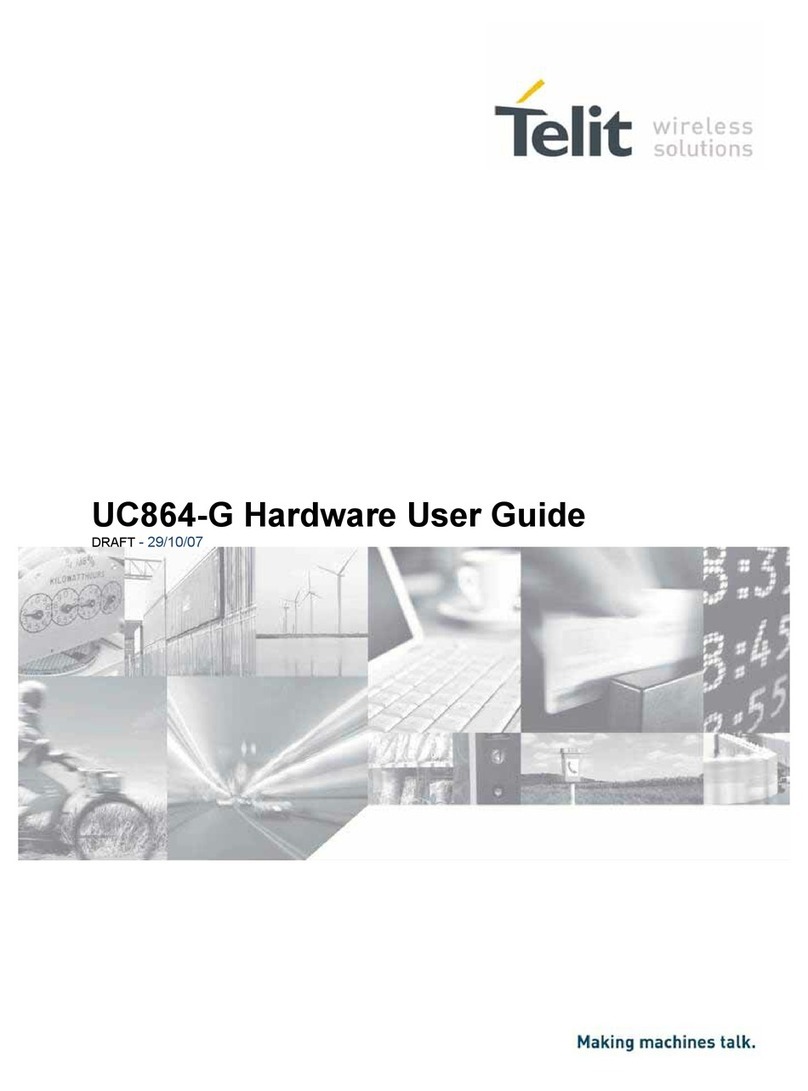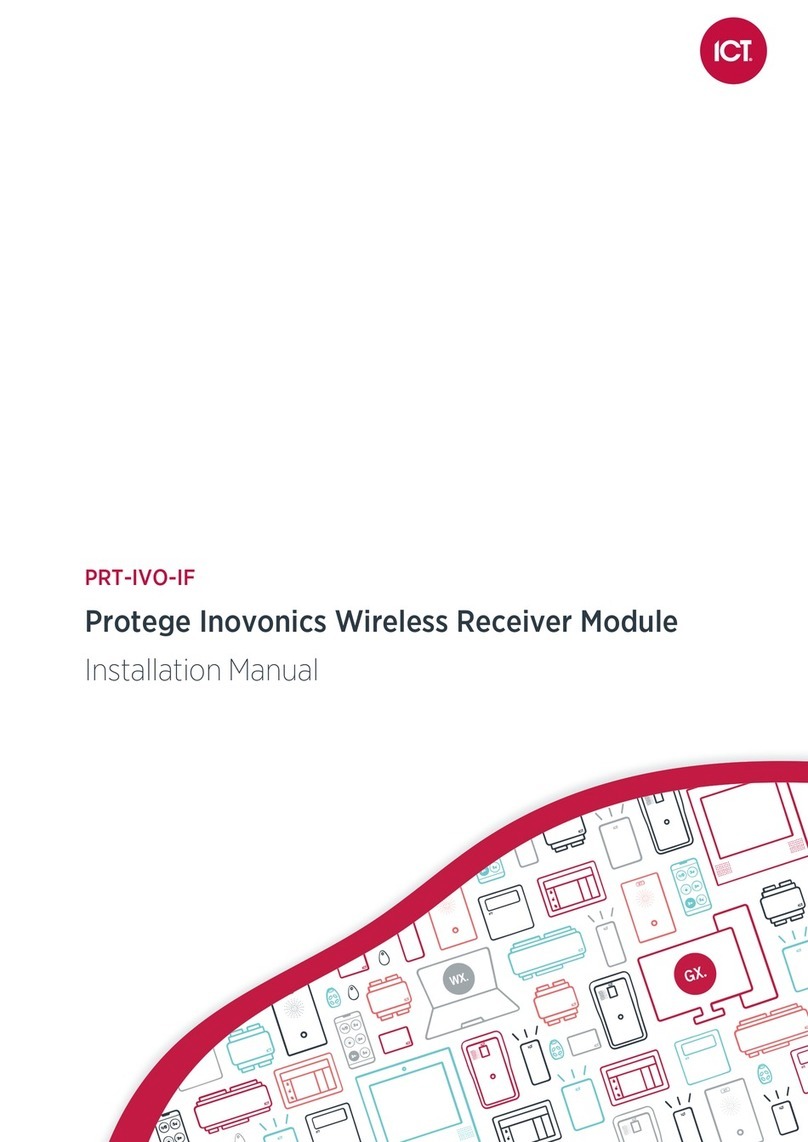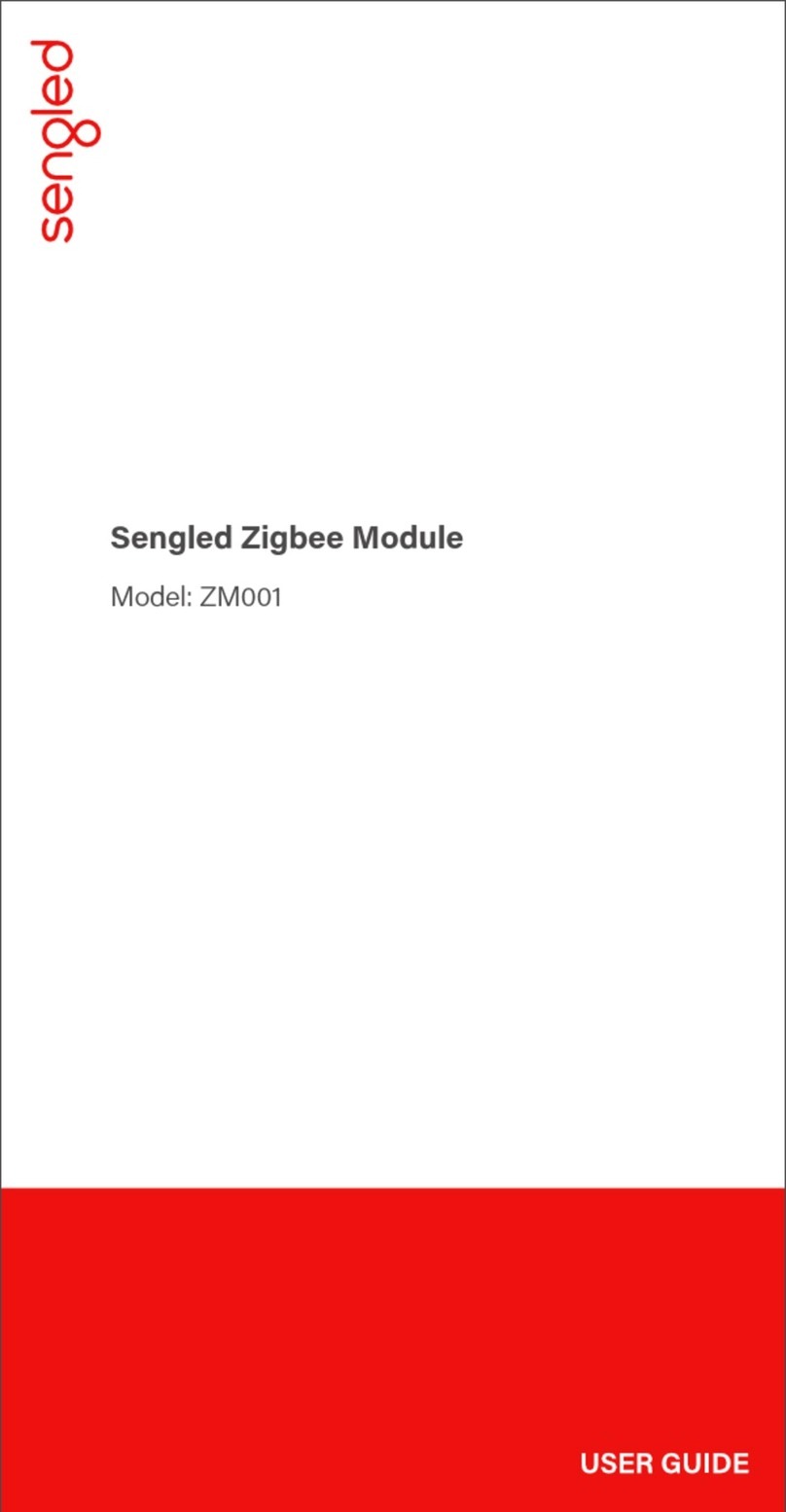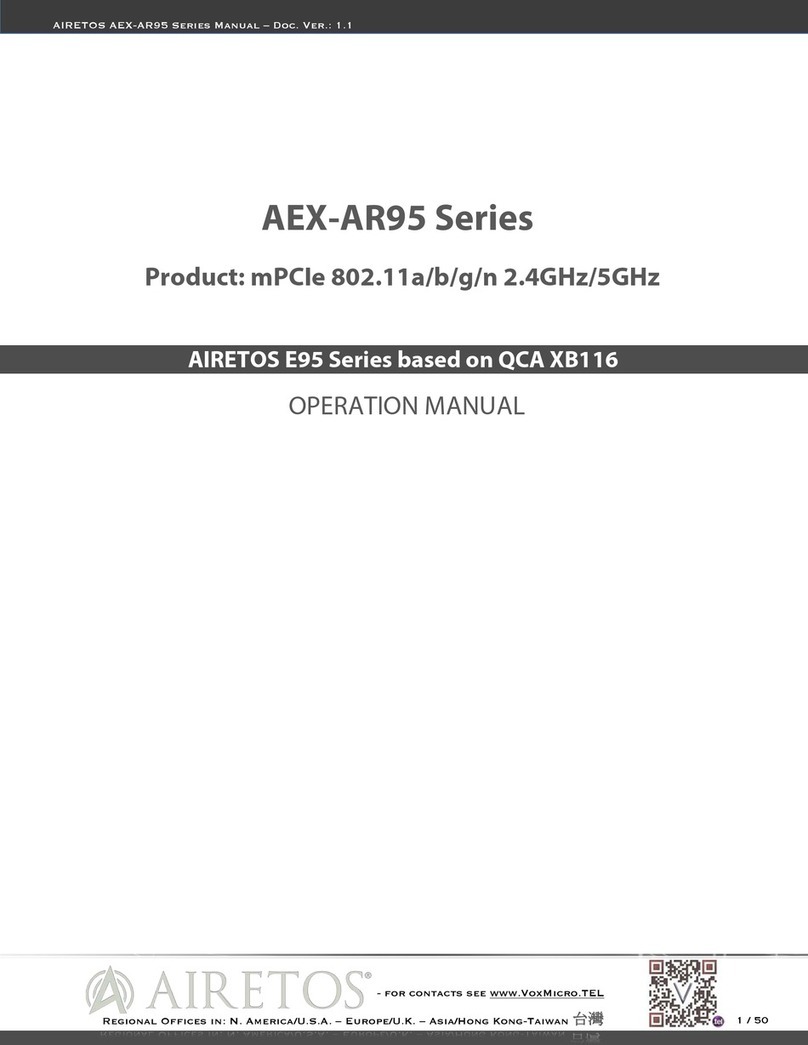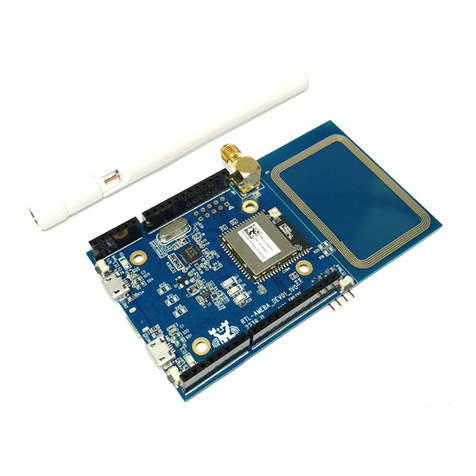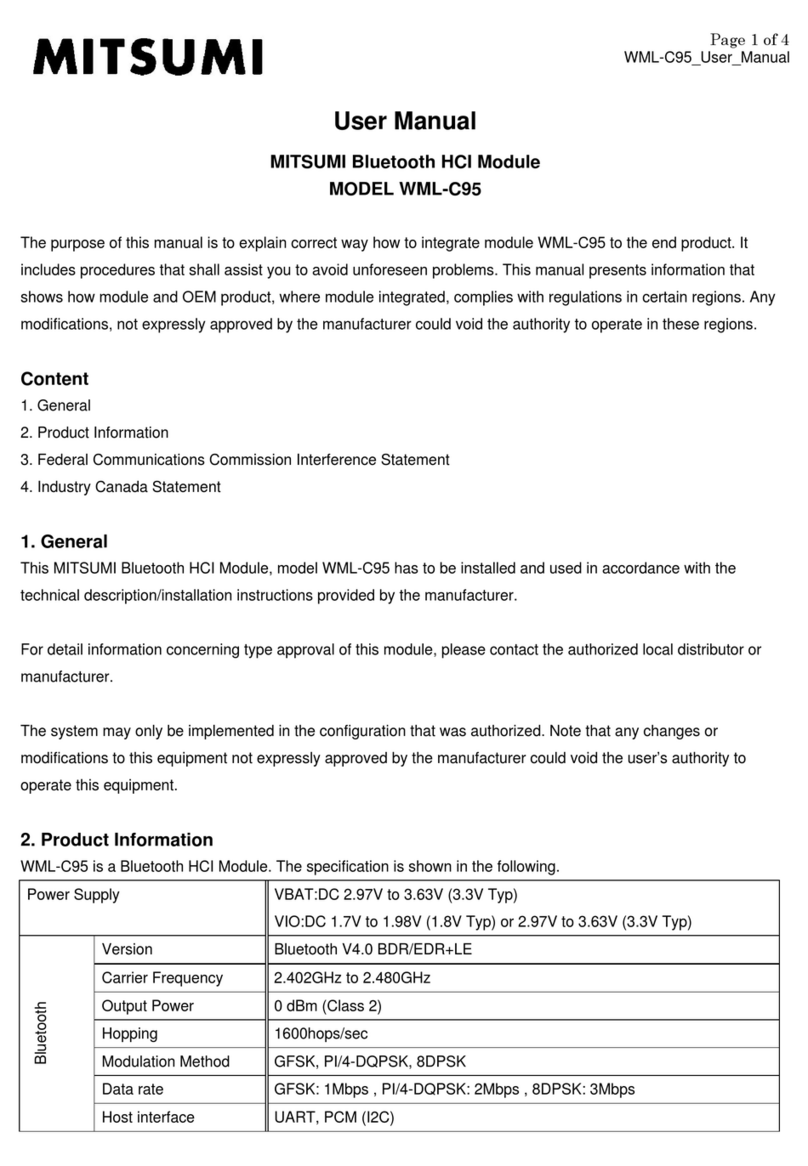
Chengdu Ebyte Electronic Technology Co., Ltd. E22-900T30DC User Manual
Copyright ©2012–2018,Chengdu Ebyte Electronic Technology Co.,Ltd.
1. Overview
1.1 Introduction
E22-900T30DC is a wireless module (UART) based on SX1262
with multiple transmission modes, working in the
850.125MHz~930.125MHz, (default 868.125MHz). It features LoRa
spread spectrum technology, TTL level output, compatible with 3.3V and
5V IO port voltage.
E22-900T30DC adopts a new generation of LoRa spread spectrum
technology. Compared with the traditional SX1278 solution, it has a longer transmission distance, faster speed, lower
power consumption, and smaller size; it supports functions such as air wake-up, wireless configuration, carrier
monitoring, automatic relay. communication keys and sub-package length setting. Ebyte provides customized
development services on it.
1.2 Features
SX1262 LoRa chip brings further communication distance and stronger anti-interference ability;
Supports automatic relay network, multilevel relay used in long distance communication, the same area to run
multiple network running at the same time;
The communication allows users to set key that cannot be read, greatly improving the user data privacy;
Supports LBT function, before sending channel environmental noise monitoring, can greatly increase the success
rate of communication module in harsh environment;
RSSI signal strength indicator function, can be used to assess the signal quality, improve the communication
network and distance;
Wireless parameters configuration, sent via wireless instruction packet, or read a wireless remote configuration
module parameters;
Air wake up, that is, ultra-low power consumption function, suitable for a battery-powered application solutions;
Supports fixed transmission, radio transmission, channel to monitor;
Deep sleep mode enables 2 uA power consumption;
Global free license ISM 868/915 MHZ band;
Under ideal conditions, the communication distance can be up to 10 km;
Supports parameter electricity saving, electricity again after the module will work according to set good parameters;
Effective watchdog design, once an exception occurs, the module will be in automatic restart, and can continue to
work on previous parameter;
0.3 k ~ 62.5 kbps air data rate;
3.3 V to 5.5 V power supply, over 5V power supply can ensure the best performance;
Industry-standard design, support - 40 ~ + 85 ℃ under long time use;
Size and shape are consistent with E32 series module, which can be directly replaced to improve performance and
